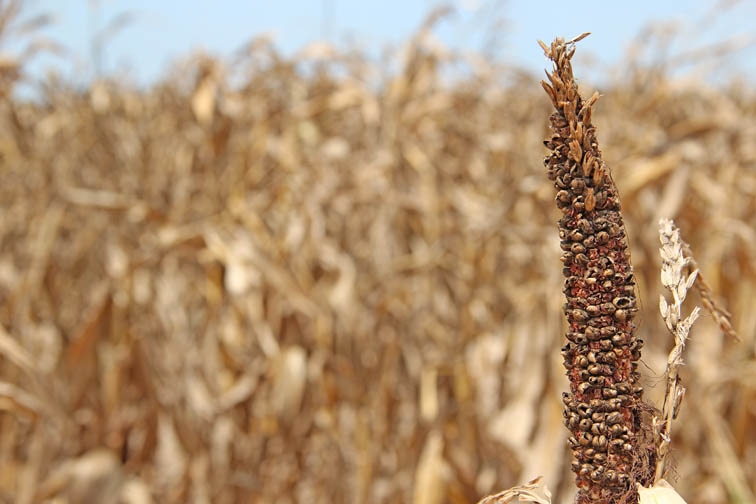September 25, 2012

The 2012 drought rivals the droughts of the 1930's, or the "Dust Bowl".
But, there is one major difference in the drought of 2012... there's relatively no dust.
I remember my grandfather talking about the Dust Bowl and saying he couldn't see the sun for days. He lived in southeast Ohio, yet some of that soil he saw in the sky was from Nebraska, Kansas and Oklahoma.
We certainly see a very different story today. While there have been reports of massive dust storms in Arizona and similar desert climates, there has been relatively no evidence of dust storms in the Midwest in 2012. So, if our 2012 drought is similar in size and intensity to those of the 1930s, what happened to the dust this time?
For one, the Dust Bowl era experienced multiple years of droughts over a very large area. While much of Texas and Oklahoma have been in a drought for multiple years, most of the remaining Midwest has not.
I think a second factor is how management of the soil has changed since the 1930s.
In my opinion, farmers across this nation learned from the mistakes of the Dust Bowl. Farmers planted tree lines, established sod waterways and filter strips, and reduced tillage or eliminated tillage.
Farmers identified that some soils never should have been in annual crops and returned them to perennial grazing lands.
Farmers installed irrigation systems on other soils. Irrigation encouraged plant growth, which held soils together.
Overall, farmers generally treated the soils better, with long-term sustainability in mind.
The long-term efforts towards sustainability across the country are reaping the good fruits this season. Even though crop yields are low, we have gained much more by keeping the soil.
In a year as harsh as the Dust Bowl, perhaps one of the greatest achievements in modern agriculture across the country is the fact that our soils are holding together.
Hopefully, we don't need to test that theory next season.
You May Also Like




